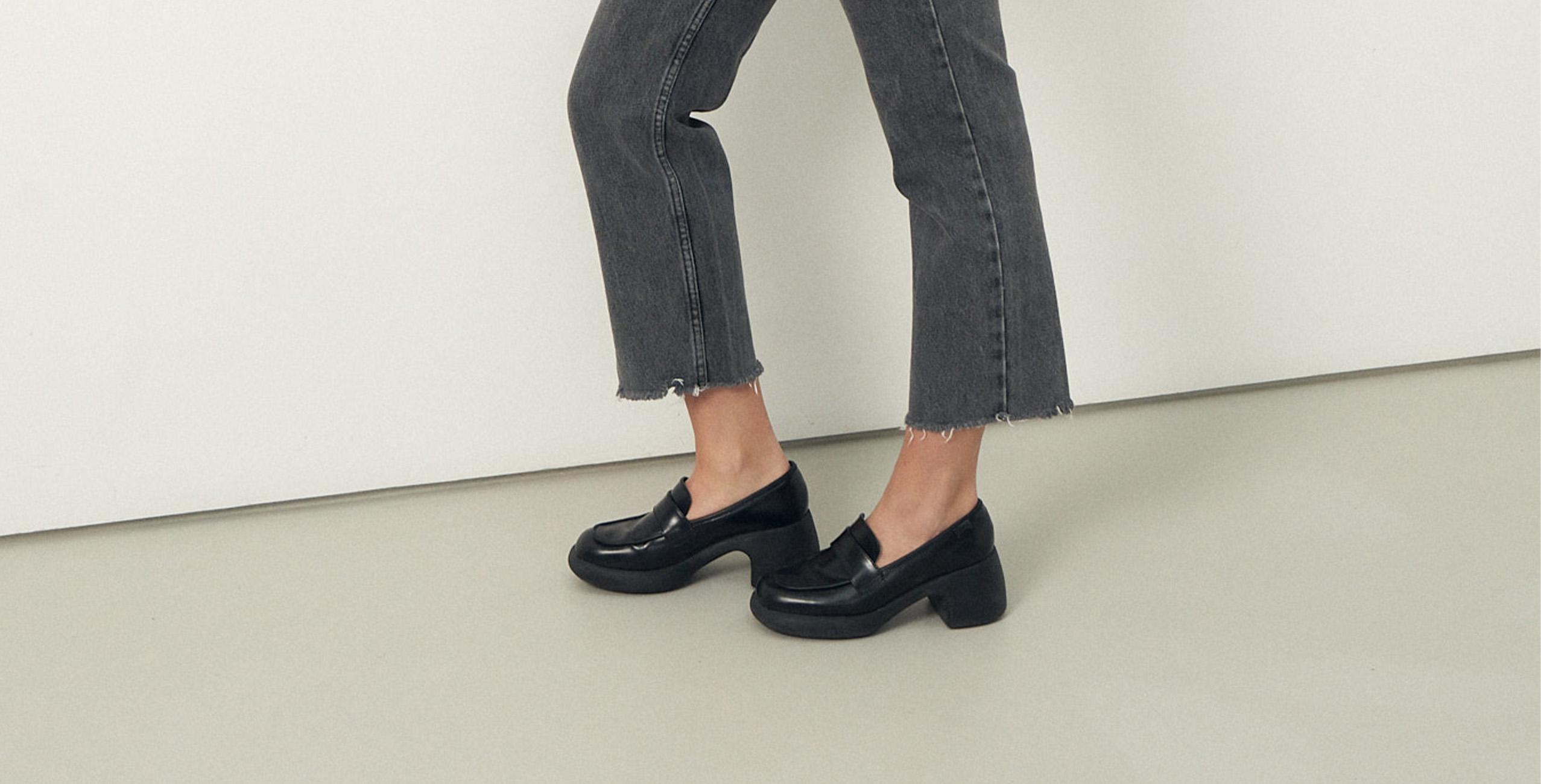Recycle second-hand clothes
To fight against the runaway production and consumption of fashion, recycling has become an essential gesture . However, it cannot be the solution on its own because it comes up against many technical, ecological and usage limits.
Decryption .
A third of the textiles collected in France are recycled and will experience a second life in the form of new materials.
However, only a tiny part (less than 1%!) of your old clothes will eventually go into the composition of a new garment . And after a cycle of transformation which can itself prove to be polluting.
We will explain everything to you !
A third of the parts collected are recycled
In France today [1] nearly 205,000 tonnes of textile items are collected each year, or just over 3 kg/inhabitant. Compared to the almost 520,000 tons of parts put on the market per year, the figure is a little dizzying: each year, we donate 40% of the items we buy !
The vast majority (90%) is deposited in terminals, the remaining 10% are given directly to associations.
Giving a garment is obviously more responsible than throwing it in the trash: we give it the chance to have a second life and we avoid inflating the volume of household waste and therefore their treatment cost.
But is that ideal?
Let’s take a look at what happens to these collected clothes :
- Nearly 60% are reused as is , resold or donated again, which raises other questions (we talk about used clothes sent massively to Africa in another article to be found here ).
-
A third are recycled : after fraying, cutting, defibration or grinding, they will become industrial rags, be transformed into padding materials, enter into the composition of composite materials and other construction materials…. or become textile fiber again.
The number to remember? Less than 1% of used textiles are recycled into new clothes [2] , that's very little! - 10% are “recovered” as energy sources or are purely and simply eliminated. But in the end, only 0.4% of the textiles collected are incinerated without energy recovery or buried , which is rather positive!
It is on the third of collected clothes that go for recycling, that is to say reprocessed and transformed into a new material, that we focus here.
The second life of textiles and footwear [3]

The limits of textile recycling
After recycling, we obtain short fibers of lesser quality, impossible to use alone for the manufacture of new clothes: in order to reach the quality standards of the market, the recycled fibers must be combined with virgin fibers .
Today, “infinite” recycling in a closed loop is a utopia given the volumes of the textile industry and the nature of the articles produced: we cannot do without the supply of virgin materials to compensate for the degradation and material losses during the recycling process.
In addition, certain choices made by manufacturers when manufacturing clothes make recycling difficult or even impossible :
-
Textile composition > multi-material fibers are much more difficult to recycle than single-material fibers (eg 100% cotton) because the materials that make up these blends do not all have the same properties.
But today, most of the clothes produced are made of blends (cotton-polyester, nylon-wool, etc.) that few companies are therefore able to recycle. - Choices of tailoring and ornaments > buttons, zippers and other rhinestone encrustations must be removed for the textile to become recyclable.
Furthermore, recycling is not environmentally neutral . Collection, transport, transformation... the process is not exempt from environmental impact: it consumes energy and natural resources (in particular large quantities of water...).
It can even be polluting, emitting CO2 or even harmful substances.
Finally, it can unfortunately have a counter-productive psychological effect , by letting us imagine that we can delay the evolution of our consumption behavior and by sparing ourselves from the choices of society that are nevertheless priorities.
So, concretely, what to do with recycling?
We can see that textile recycling is far from being an ideal, generalizable, easy to implement and ecologically virtuous solution.
The idea is certainly not to condemn it altogether: once a piece of clothing has had a use and a long life, it is eminently virtuous to recycle it !
It's just about being aware of your limits .
The most responsible solution remains to seek to combine it with other options with less impact , keeping in sight the real basic problem: overconsumption and overproduction of fashion items .
In particular, we can draw inspiration from the 5R rule to explore additional responsible avenues:
- Refuse (Refuse)
- Reduce
- Reuse (Repair and Reuse)
- Repurpose (Transform)
- Recycle (Recycle)
If you need a little help, we remind you here why you will love to hunt for second-hand parts
[1] Re-fashion website: https://refashion.fr/citoyen/fr/je-suis-refashion
[2] Ellen Macarthur Foundation study: “A New Textiles Economy: Redesigning fashion's future”
[3] Re-fashion website: https://refashion.fr/citoyen/fr/je-suis-refashion











